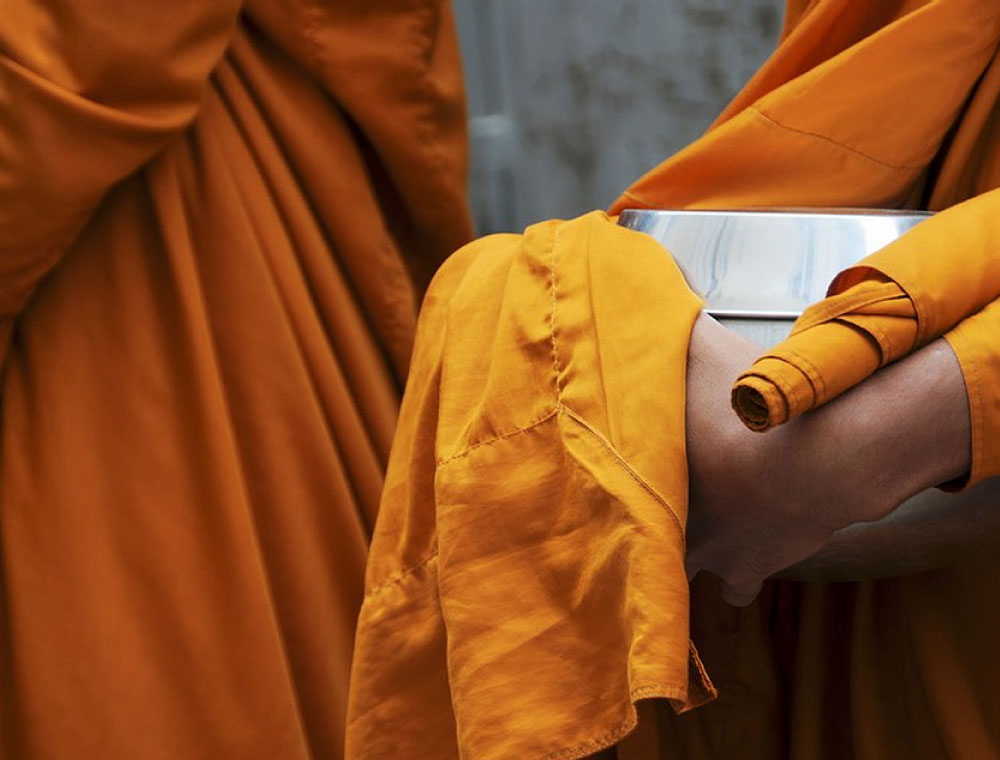
MOSAIC TOURS
Add: 7 Ngo Gach str., Hoan Kiem dist., Hanoi, Vietnam
Hotline: 0974.438.299/ 0965.431.556
Copyright © 2014. All rights reserved.

The province of Champassak is home to one of Asia's great, but least visited temples, Wat Phu. Pakse, the old capital situated at the confluence of the Se River and the Mekong, which means the “mouth of the Se River” is currently a busy trading town. The province also encompasses much of the Bolaven Plateau, home to a number of ethnic minorities. Pakse has a number of comfortable places to rest and is an excellent starting point to explore the surrounding area. The town has one of the largest markets in the region. Within Pakse is the Champassak Museum with relics from Wat Phu as well as from the Bolaven Plateau.
The freshwater dolphins living in the Mekong are believed to have saved the lives of both locals and travelers who have faced difficulties in staying afloat while facing the tough river currents. They are known as Irrawaddy Dolphins and can sometimes be seen off the southern tip of Don Khon. The best time to view the dolphins is in the early morning or late afternoon and can be reached by chartering a boat from the beach at Kong Ngay.
Wat Phu
Wat Phu (“mountain temple”) dates back to the 5th century. The original temple was built by Khmer Hindus on the top of a hill at a fresh water spring. The peak of the hill is said to resemble a Shiva lingum. The exact history of Wat Phu is unclear, but it was certainly a temple site of the Khmer empire that eventually made Angkor Wat its capital. The temple is stunning and very remote, with superb views of the Mekong valley. At the top of the temple site are a number of carved rocks, resembling a crocodile, a naga and an elephant. It is believed that these rocks were used for human sacrifices.
The most pleasant option to reach the temple complex from Pakse is by chartering a boat down the Mekong River. The journey to the town of Champassak takes about 90 minutes. From Champassak, an 8-km tuk-tuk ride can be taken to the temple.
Si Phan Don (4000 Islands)
Si Phan Don is a collection of islands south of Laos and its name literally translates to “4,000 islands”. The largest of the permanent islands are inhabited year round and offer fascinating glimpses of tranquil river-oriented village life – “more detached from time than from the riverbank” as one source described it.
Khone Phapheng Falls
The biggest island with 55,000 inhabitants is Done Khong, a peaceful place for an overnight visit. Several waterfalls drop over the escarpment. Some of the most spectacular are Tat Phan with the height of 120 meters and Khone Phapheng.
Boloven Plateau
Situated on the northeast of Champassak province, the plateau is accessible to parts of Salavan, Attapeu and Sekong provinces.However, there are more options for tourists visiting the plateau from Pakse.
The plateau is fertile farmland specializing in coffee, tea, and fruits production. The plateau houses a dozen mainly animist ethnic minorities, including Laven, Alak, Katou, Ta-Oy, Houne, Ngai and Suk communities. Accommodation on the plateau is limited, but Tad Lo waterfalls have a number of bungalows where visitors can enjoy trekking and elephant rides.
MOSAIC TOURS
Add: 7 Ngo Gach str., Hoan Kiem dist., Hanoi, Vietnam
Hotline: 0974.438.299/ 0965.431.556
Copyright © 2014. All rights reserved.

